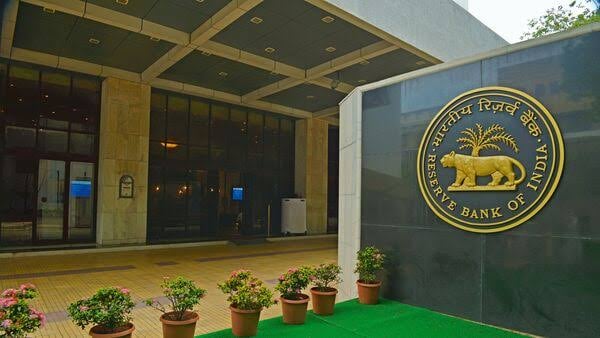India’s Central Bank Poised for First Rate Cut in Five Years

The Reserve Bank of India (RBI) is expected to cut its benchmark repo rate by 25 basis points to 6.25% as slowing growth and weakening inflation create room for monetary easing. India’s economy expanded just 5.4% in the September quarter, its softest in nearly two years, prompting expectations of a policy shift. GDP growth projections for the fiscal year have been revised downward to 6.4% from an earlier 7.2% estimate.
Indian bond yields have reacted, with the 10-year benchmark yield falling 16.5 basis points to 6.66%. Inflation, which breached 6% in October, has since eased to 5.22% in December, reinforcing the case for a rate cut. The RBI's cash reserve ratio was also lowered by 50 basis points to 4.0% in its last policy meeting, signaling a gradual shift towards easing monetary conditions.
Analysts are predicting an RBI shift to an accommodative stance and another 25-basis-point cut in April. However, a weakening rupee complicates the decision.
What Does This Mean for Me?
The currency has lost 3.6% against the dollar since November, raising concerns that lower rates could accelerate capital outflows and fuel inflation. The RBI has intervened in forex markets to limit volatility, but risks persist, especially with U.S. interest rates staying high and India’s trade surplus with the U.S. under scrutiny.
External factors such as global trade policies and geopolitical uncertainties add to the challenge. While lower rates may stimulate domestic demand, they could also widen the interest rate differential with the U.S., potentially making Indian assets less attractive to foreign investors.
More News
.webp)
Japan’s Rate Shift Is Rippling Through Global Bond Markets

China’s Growth Engine Stalls as Consumers and Investors Pull Back

Egypt’s Recovery Gains Traction as Household Pressure Lingers

OECD Warns AI and Tariffs Will Test the Global Economy

Zero Tariffs, Higher Drug Bills as US and UK Reset Pharma Trade

Catastrophe Bonds Go Global as Climate Risk Meets Yield Hunting
.webp)
Canada Shields Steel and Lumber Industries From Tariffs
